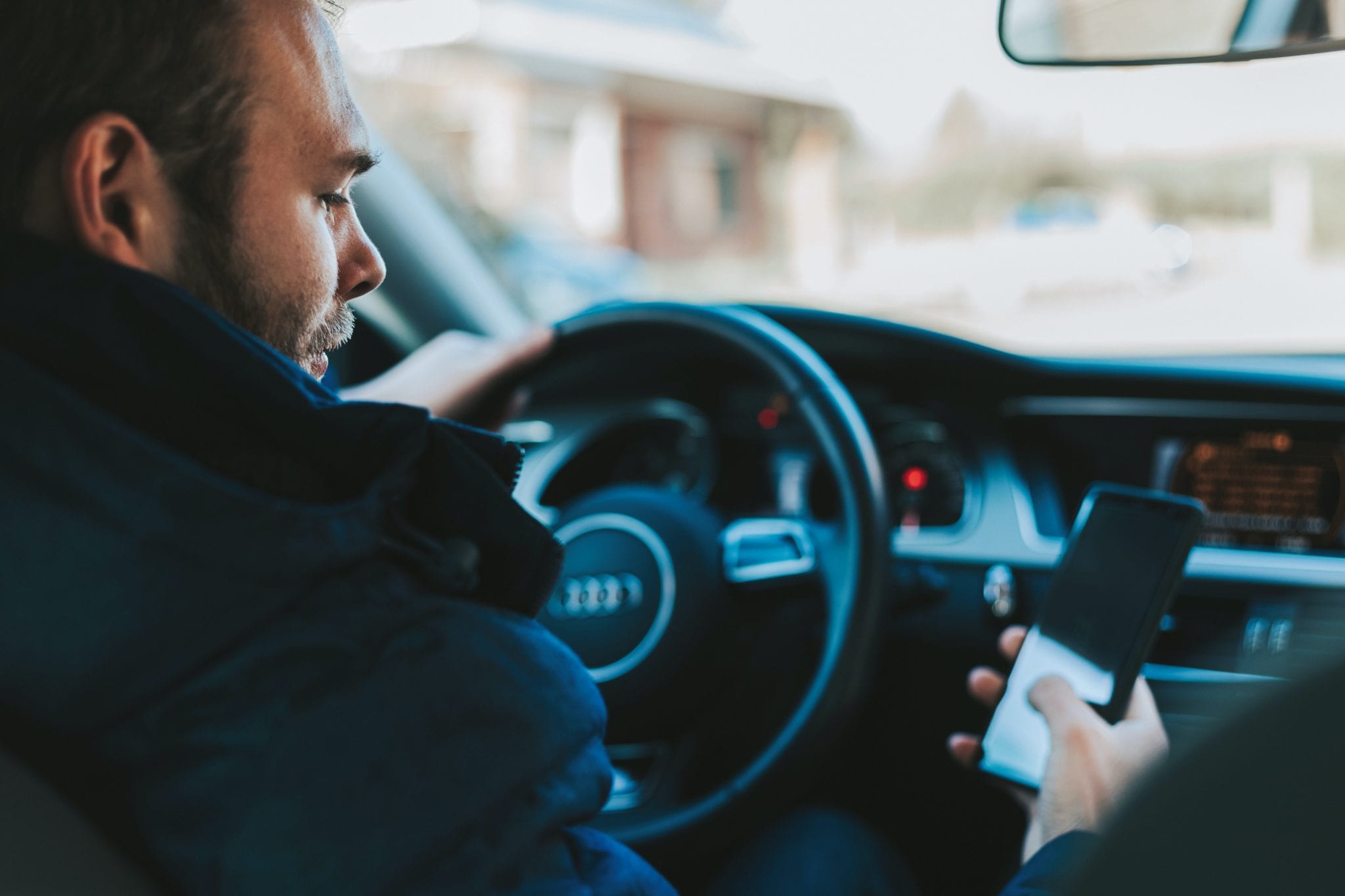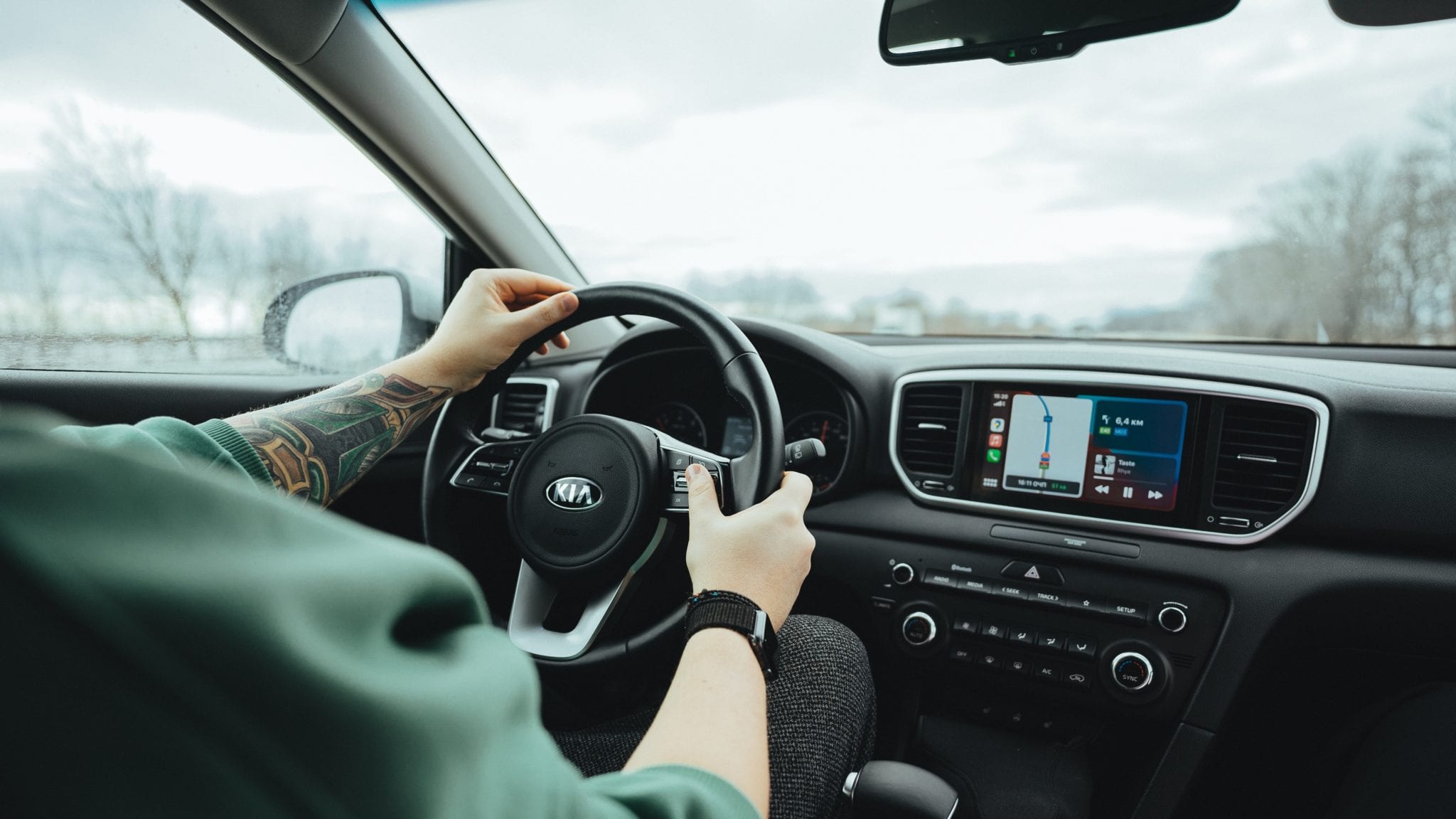 Photo by Alexandre Boucher on Unsplash
Photo by Alexandre Boucher on Unsplash
Driving distracted is a danger to everyone on the roads.
In recent months and weeks, there has been an uptick of collisions on our streets involving our most vulnerable travelers – people walking and biking (people not protected by vehicles). Our hearts ache for the lives lost and affected by these crashes and we reaffirm our commitment toward safer streets.
Distracted driving continues to be one of the top contributing factors to crashes in Seattle and across the state and country year after year. 30 percent of crash fatalities in Washington are due to distracted driving, according to the Washington Traffic Safety Commission. We need your help to keep Seattle streets safe for everyone and encourage all drivers to remain focused on the road ahead to save lives.
Distracted driving is any activity that diverts attention from operating a vehicle, including being on the phone, setting your navigation, adjusting what you’re listening to, drinking coffee, and more.
Any of these distractions can endanger you, your passengers, and others on the road. Just remember: when you’re behind the wheel, you should not be multitasking, such as eating, texting, and so forth.

To avoid distractions while driving, we recommend:
- Stowing away electronic distractions. Don’t scroll through apps or social media while driving. If you feel tempted, put your smartphone away or activate “do not disturb” call/text blocking features. If you feel you really need to send a text or make a phone call, pull off the road and safely park before making a call on a handsfree device or sending a text.
- Preparing for your drive. Set vehicle systems like GPS, seats, mirrors, climate controls, and sound systems before hitting the road. And also finish dressing and personal grooming at home – before you get on the road.
- Staying focused. Be sure to actively scan the road, use your mirrors, and watch out for people walking, rolling, and riding bikes. Remember every intersection is a legal crosswalk unless signs say otherwise (whether or not there are painted markings on the ground), so take it slow and be ready to stop for people who need to cross the street.
- Securing your items and loved ones. Properly secure items, children, and pets that can move around the vehicle and distract you.
- Being mindful of your passengers. If you have passengers, enlist their help as a “designated texter.” Ask them to answer your calls, respond to texts, and program the navigation.
- Being a good passenger. Offer to assist the driver, and do not distract them. (you can, however, remind them to follow the speed limit and keep their eyes on the road)
And please, always remember to never drive drugged and/or drunk.
As we’re asking you to help keep roads safe by staying alert, we’re also doing our part by continuing to improve the safety of our streets to prevent collisions and save lives.
We’ve taken action to reach our Vision Zero goal to end traffic deaths and serious injuries on city streets by 2030, including citywide changes to speed limits and additional investments to improve streets that have a history of high injury or deadly crashes. We’ve also added pedestrian-first walk signals to 30 percent of our signalized intersections, surpassing our goal for this critical safety improvement to protect people crossing the street and are building safety improvements on many of Seattle’s most crash prone streets like Rainier Ave S.
But we know there is so much more that needs to be done. Another improvement that we are currently working on to help reach the Vision Zero goal is making changes along Sand Point Way NE between Magnuson Park and Lake City to keep people safe, whether they are walking, rolling, biking, driving, or taking transit. Improvements started earlier this month, and we plan to add new sidewalks, reconfigure intersections, make signal timing upgrades, and more. Your investment through the Levy to Move Seattle allows us to work with you and your community to implement changes and keep everyone moving safely.